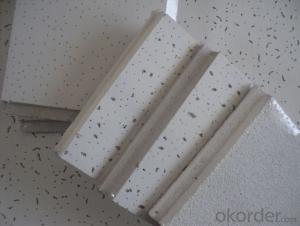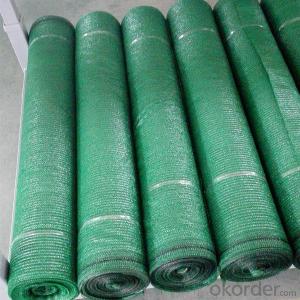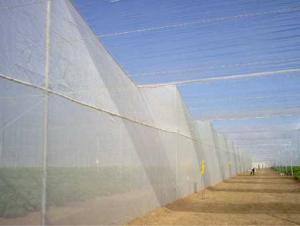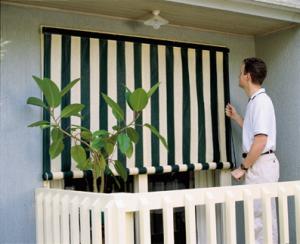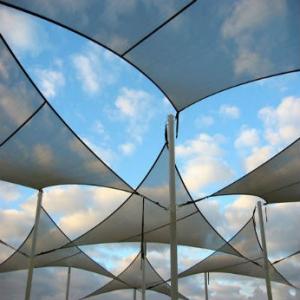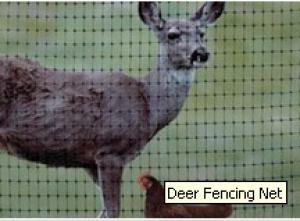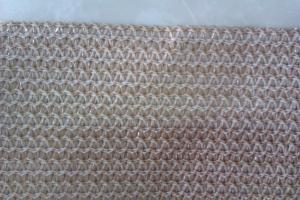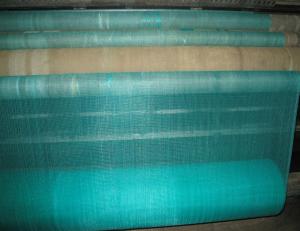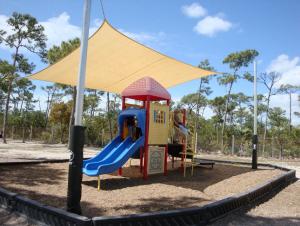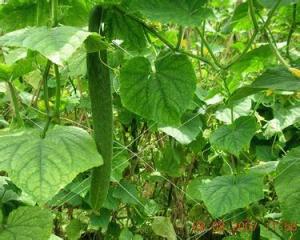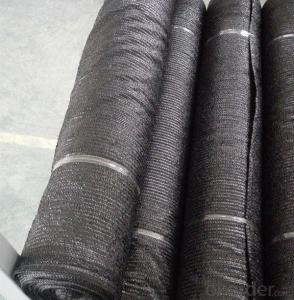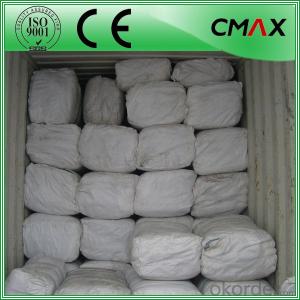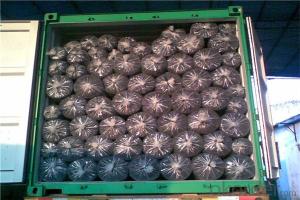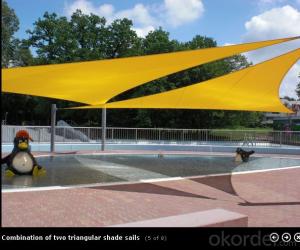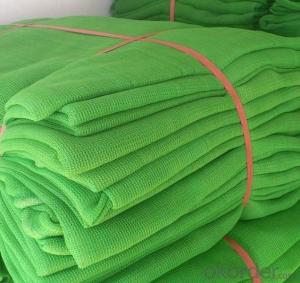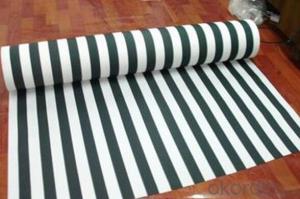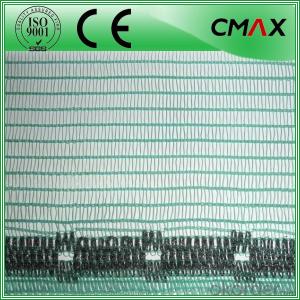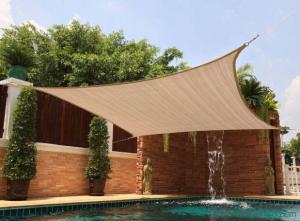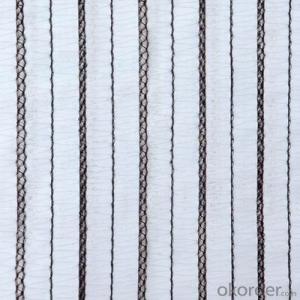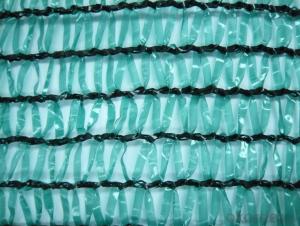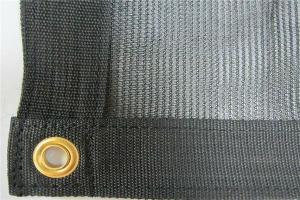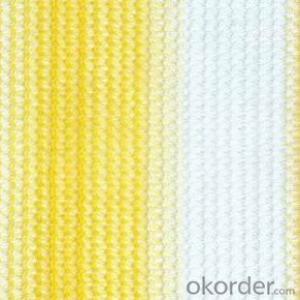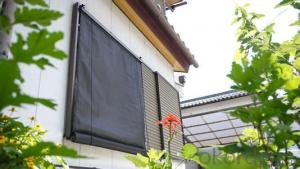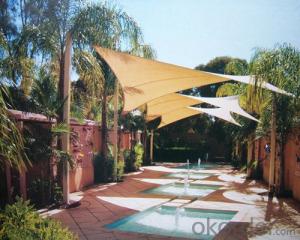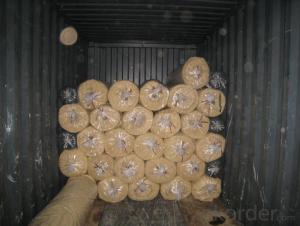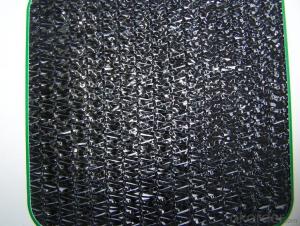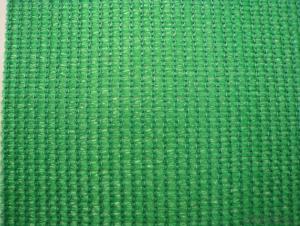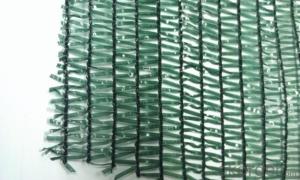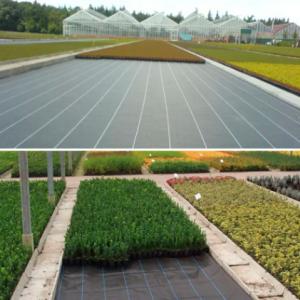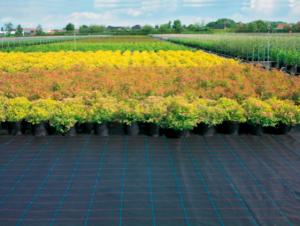Green Shade Net Hyderabad
Green Shade Net Hyderabad Related Searches
Fertilizer For Plant Outdoor House Spotlights Anti Static Cover House Landscape Lighting Canopy Attached To House Fruit Foam Net Boat Propeller Cover Poultry House Blower North American Green Sc250 Anti Aircraft SearchlightHot Searches
Fiber Sheet Price In India Fiber Roofing Sheets Price In Pakistan Green Shade Net Price In Pakistan Green Shade Net Price In Chennai Green Shade Net Price In Hyderabad Plastic Fiber Sheet Price Mineral Wool Insulation Price List Solar Inverter Green Energy Green Shade Net Price In Pakistan Green Shade Net Price In Chennai Green Shade Net Price In Hyderabad Shade Net Prices In Sri Lanka Shade Net Manufacturers In Bangalore Shade Net Suppliers In Uae 100 Amp Cable Price Cost Of Shade Net Per Acre Shade Net House Construction Cost Agro Shade Net Machine Manufacturers Wholesale Hdpe Geomembrana Shade Net Prices South AfricaGreen Shade Net Hyderabad Supplier & Manufacturer from China
Okorder.com is a professional Green Shade Net Hyderabad supplier & manufacturer, offers integrated one-stop services including real-time quoting and online cargo tracking. We are funded by CNBM Group, a Fortune 500 enterprise and the largest Green Shade Net Hyderabad firm in China.Hot Products
FAQ
- Plastic nets can help reduce soil erosion by providing physical protection to the soil surface. These nets prevent the direct impact of raindrops, which can dislodge soil particles and cause erosion. Additionally, they can enhance water infiltration, allowing rainwater to penetrate the soil instead of running off. The nets also act as a barrier against wind, helping to retain moisture in the soil and preventing the loss of topsoil. Overall, plastic nets can be an effective tool in mitigating soil erosion.
- Yes, plastic nets can be suitable for air filtration. They are often used in various applications, such as HVAC systems and air purifiers, to trap and remove larger particles from the air, such as dust, pollen, and pet dander. However, for more efficient filtration of smaller particles like bacteria or viruses, additional filtration methods or materials may be necessary.
- No, plastic nets are not suitable for bee hive frames. Bee hive frames are typically made of wood or other natural materials that provide the necessary insulation and ventilation for the bees. Plastic nets can be harmful to the bees and may not provide the necessary support and stability required for a healthy hive.
- Yes, plastic nets can be used for air filtration. They are commonly used in HVAC systems, air purifiers, and industrial applications to filter out large particles and debris from the air. Plastic nets offer good durability, low resistance to airflow, and are easy to clean or replace, making them suitable for air filtration purposes. However, for finer particulate filtration, additional filters or materials may be required.
- Plastic nets provide support for vegetable gardens by acting as a trellis system, helping plants to grow upright and preventing them from sprawling on the ground. The nets can be stretched between stakes or poles to create a vertical framework, allowing plants like tomatoes, beans, peas, and cucumbers to climb and receive optimal sunlight and air circulation. This not only maximizes space but also helps prevent diseases, pests, and damage caused by contact with the soil.
